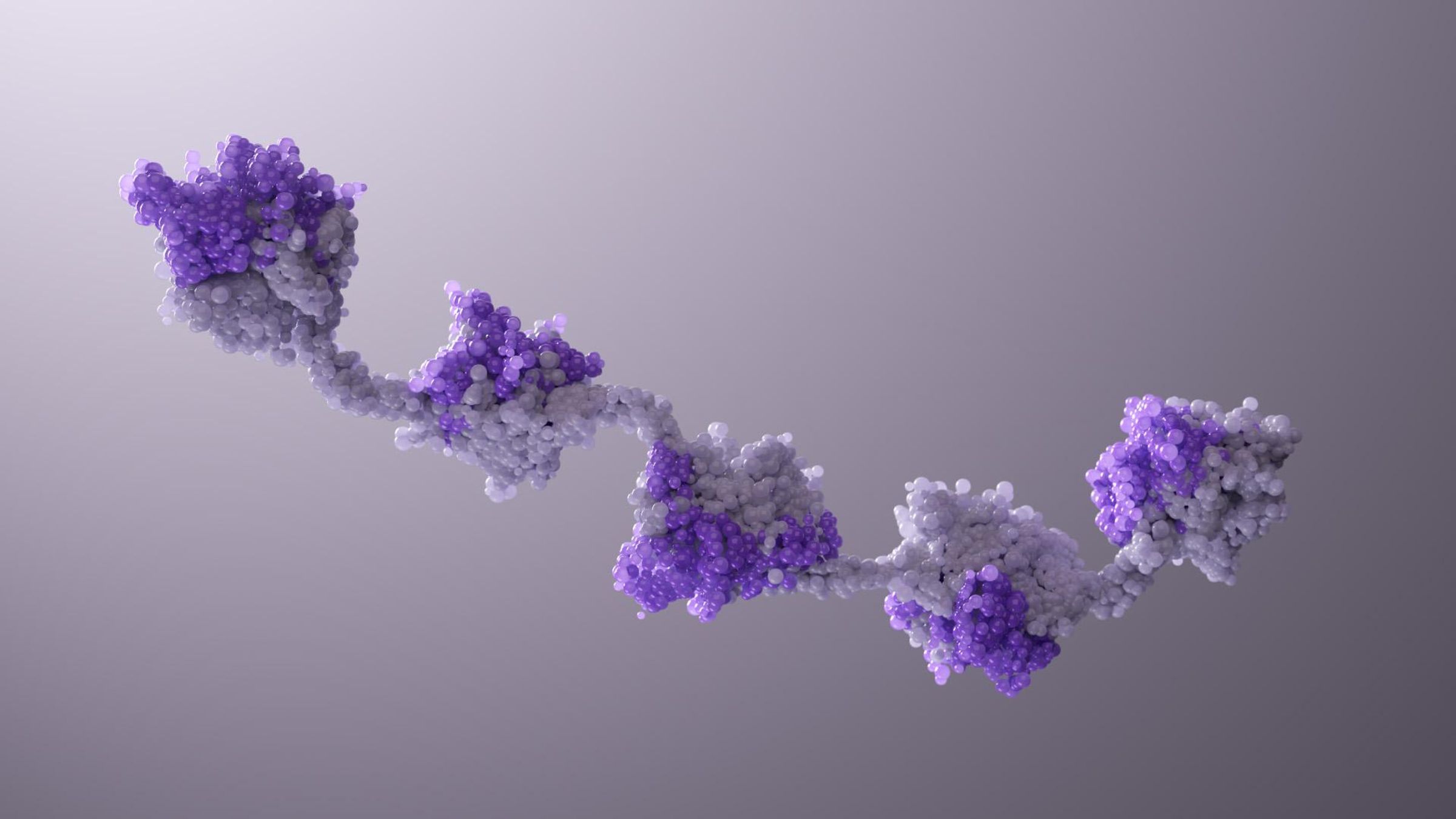
For more than a century, the treatment of autoimmune type 1 diabetes (T1D) has been anchored in one critical medicine: insulin injected directly into tissue under the skin to help regulate elevated blood sugar. But for the 9.2 million people around the world living with T1D, it also requires a 24/7 reality of daily management, constant vigilance and an all-encompassing approach to life: it’s estimated that people living with T1D have to make about 180 decisions related to their condition every single day.1-3
For a long time, scientists explored why autoimmune T1D developed seemingly out of nowhere. When the answer was finally uncovered, we unlocked a completely new approach in science and care.
And that’s what we’re delivering.
Rather than reacting to the disease, we can start a forward march to help keep the immune system at bay.
Tackling Autoimmune Type 1 Diabetes Differently
Since 1922, T1D has been treated primarily as an endocrine disease, reacting to the body’s inability to regulate blood sugar levels and keep our systems working normally. In autoimmune T1D, it is a lack of insulin (the hormone that helps us use sugar in the blood as fuel for our cells and organs) that is the problem. Because of this, people have been managing their condition by replacing this much-needed insulin.1
Thanks to decades of research, we now know that autoimmune T1D is not only an endocrine disease. It is a condition that develops when a person’s immune system mistakenly attacks healthy insulin-producing cells in the pancreas and causes them to stop working.4
Our body has a type of immune cell called T cells, which under normal circumstances are there to protect us from harmful agents. In autoimmune T1D, these cells get confused, and they mistakenly attack the insulin-producing cells, gradually reducing their numbers.4 Sometimes this may happen very fast. But in many cases, it will take the unbalanced immune system months to years to kill enough of these insulin-producing cells for the body to be unable to make enough insulin to regulate its blood sugar levels. This is why people can live for long periods of time with T1D before they have symptoms. But once a significant portion of the insulin-producing cells have been affected, the first signs of T1D may appear.5-7
So, what if we could intervene to protect the insulin-producing cells, slowing or stopping the T cell assault? We may be able to prevent the natural progression of the disease. Rather than reacting to the disease, we can start a forward march to help keep the immune system at bay.
How We’re Advancing Science to Improve Lives
Our legacy in diabetes and deep immunoscience research has allowed us to understand and identify the places where we are able to intercept the disease. Rather than focusing on the insulin itself, we turned to the immune system to understand how we can modify the actual disease early in its progression.
This means targeting T cells to wear them down and easing the attack toward the insulin-producing cells. By preserving insulin production for longer, people may have more time without the burdensome lifelong changes that come with the onset of clinical diabetes.
All of this is helping us lead a new era in autoimmune T1D care where we can help prevent the natural progression of T1D – and we hope that one day, we may be able to stop it altogether. Our bodies are complex, and the multiple parts of the immune system play different and overlapping roles that drive the attack toward the insulin-producing cells. This is why we keep researching different approaches that intercept autoimmune T1D as early as possible.
Explore More
References
- International Diabetes Federation. Type 1 Diabetes. Available at https://idf.org/about-diabetes/types-of-diabetes/type-1-diabetes/. Last accessed: September 2025.
- Parkkola A, Härkönen T, Ryhänen SJ, Ilonen J, Knip M; Finnish Pediatric Diabetes Register. Extended family history of type 1 diabetes and phenotype and genotype of newly diagnosed children. Diabetes Care. 2013 Feb;36(2):348-54.
- PhD, Aaron Breedlove. “The Mental Health Effects of Type 1 Diabetes.” Osu.edu, The Ohio State University, 13 June 2025, health.osu.edu/health/mental-health/managing-diabetes-and-mental-health.
- Diabetes. Beta Cells. Available at: https://www.diabetes.co.uk/body/beta-cells.html. Last accessed: September 2025.
- Insel RA, Dunne JL, Atkinson MA, Chiang JL, Dabelea D, Gottlieb PA, Greenbaum CJ, Herold KC, Krischer JP, Lernmark Å, Ratner RE, Rewers MJ, Schatz DA, Skyler JS, Sosenko JM, Ziegler AG. Staging presymptomatic type 1 diabetes: a scientific statement of JDRF, the Endocrine Society, and the American Diabetes Association. Diabetes Care. 2015 Oct;38(10):1964-74.
- American Diabetes Association Professional Practice Committee; 2. Diagnosis and Classification of Diabetes: Standards of Care in Diabetes—2025. Diabetes Care 1 January 2025; 48 (Supplement_1): S27–S49.
- DiMeglio LA, Evans-Molina C, Oram RA. Type 1 diabetes. Lancet. 2018 Jun 16;391(10138):2449-2462.
MAT-GLB-2505718 I October 2025



